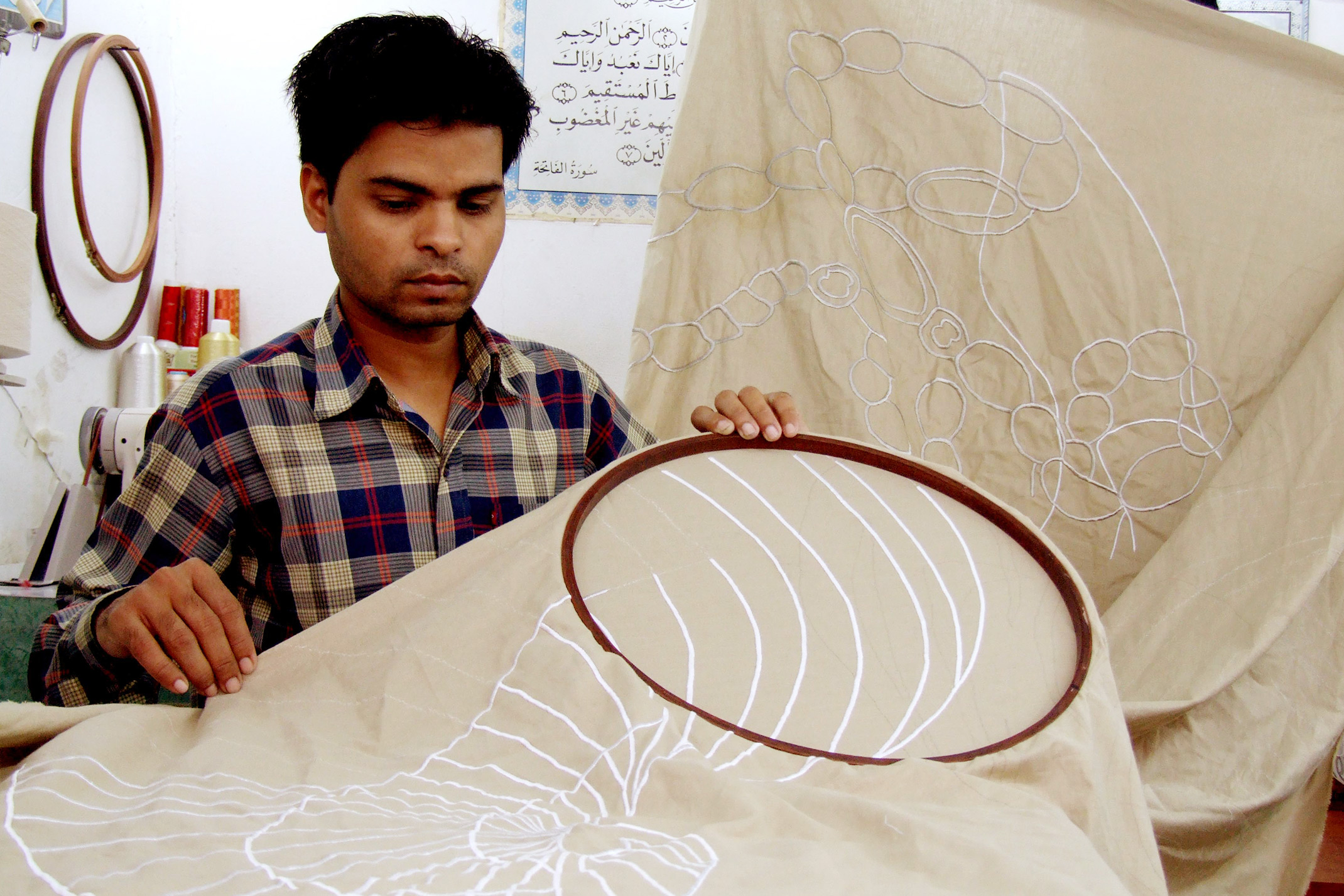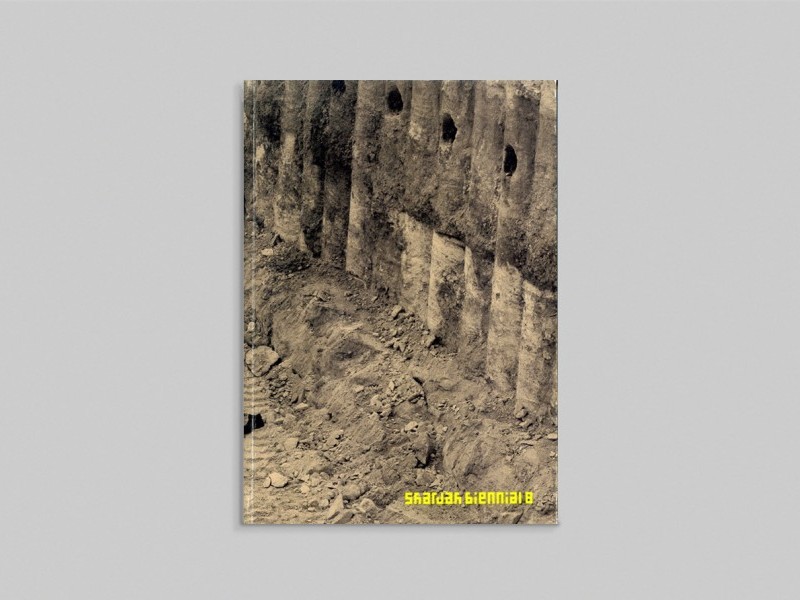
Arazzo, since 1996 -
Claudia Losi
Arazzo, since 1996 -
wool embroidery on dyed canvas
Courtesy of Monica De Cardenas Gallery, Milan
search


Claudia Losi
Arazzo, since 1996 -
wool embroidery on dyed canvas
Courtesy of Monica De Cardenas Gallery, Milan
Claudia Losi’s work, moving between an emotional approach and a more conceptual one, shows her strong interest in historical change and the complexity of natural phenomena, with attention to scientific and literary disciplines. Slowness and manual activity are important components of her research, consciously juxtaposed with restless daily contemporary reality.
In her works, Losi manages to gather and project certain tensions, conveying the fascination of someone discovering and observing each thing for the first time. Her works and projects are like life-forms, living beings with a particular condition and at a specific “time”, which may vary from one organism to the next. For example, it might be a microscopic life-form like lichen (Tavole Naturali, since 1995), a woman slowly embroidering (Places|Bidassero|Sardinia, video, 2004), or the earth’s largest living being (Places|Bidassero|the Whale). The artist waits patiently for each one, transforming encounters into experiential data, and therefore into a deeper knowledge of what she makes and describes. The Balena Project (since 2002) is one of Losi’s most important works, for years now the backbone and manifesto of her artistic research. It constitutes a whale sewn in woollen cloth in real dimensions, 24 metres long, beginning, in 2004, its long journey as a platform for projects and actions that have traced an imaginary trail, leading this great aquatic mammal through Italy and other countries in very different contexts. It becomes a pretext for gathering stories, engaging the eyes, expertise and passions of many people.
Losi tries to underline the changing of things, life-forms in gestation, the formal destiny shared by everything that lives, grows and is transformed.
Arazzo, begun in 1996, is a work in progress. As certain lichens grow on the rocky surface of a boulder, so these archipelagos of wool expand and die on a woven surface. Sooner or later the threads will be pulled out, from the centre toward the edges, leaving only the contours and the “eroded” inner part, perishing, full of holes.
With the work Formal Living Process, realised for the 8th Sharjah Biennial, the artist, evoking the oily substance through an irregular form, highlights the intimate and often unknown story that accompanies the history and the nature of the precious liquid. The memory and the forms of the flora and fauna of millions of years ago intertwine and are placed on the puddle of fabric, as if in a silent dance that seems to go on forever, heedless of the meanings and the value that humans have assigned to this substance over the course of history, and that in more recent times have been the cause of tension and conflict – far from the apparent calm and elegance of these prehistoric forms.
Special thanks to Paolo Rumiz, Museo Tridentino di Scienze Naturali (and in particular Carlo Miaolini, Claudia Lauro, Christian Casarotto), Carlotta Casalegno, Iman Al-Sayed and all the embroiderers in Sharjah; Furkan, Rezwan, Ihtisham and Islam
This project was part of Sharjah Biennial 8.

This catalogue accompanied Sharjah Biennial 8, which attempted to renegotiate the relationship between art and ecology into a system of cohabitation.

The second book in the Still Life: Art, Ecology and the Politics of Change series, documents Sharjah Biennial 8 as it was on view.